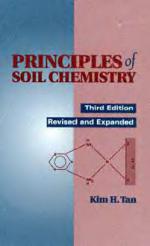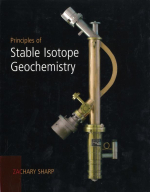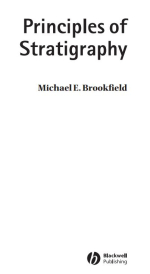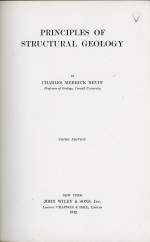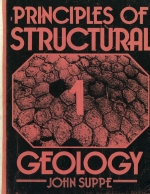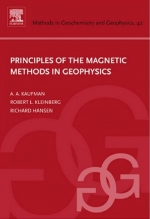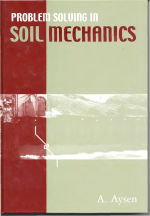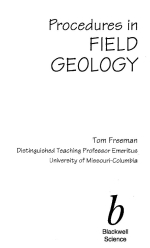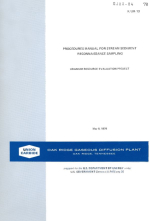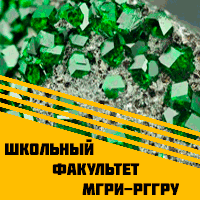Structural geology may be defined as a study of the framework of the earth's crust and the causes that are distorting it. However, in its broader phases, structural geology deals with deformation of the entire earth and is not limited merely to the crust. Although we see only a thin rind and although information about the greater bulk of the earth, the unseen vast interior, must of necessity be based on indirect evidence— yet it is to deep-seated adjustments that many of the surface crumplings arc attributed. The central theme of structural geology, then, is the deformation of the earth, its causes and effects. Unerring interpretation of observed rock structures is the goal sought.
At the outset, any idea of immobility of the earth should be dismissed from our minds. The crust oscillates to the rise and fall of the tides. Continual shifting of enormous sedimentary loads through the agencies of erosion, transportation, and deposition is attended by both deep-seated and surface adjustments. The shape of the earth itself is largely a response to the rate of axial spinning; modify the speed of rotation, and a corresponding change in the earth's shape, with attendant deformation of the crust, would inevitably follow. In short, the earth is not inert but is ceaselessly changing, and complete rigidity has no place in structural geology.
Beginning students of geology soon realize that the earth's crust has failed many times and in many places. Mountains of folded rock have been pushed up thousands of feet; enormous areas of relatively undisturbed formations have been gently tilted; beds once forming below ocean level have been raised several miles above their place of origin. All these and a host of other examples present a clear picture of tremendous masses moved great distances. The total forces involved in these distortions must have been stupendous, and we arc prone to think that this is all of the distant past — surely no major deformation of the earth is going on today or we should be able to see and measure it.
Indeed, there seems to be a rather general assumption that the earth is now passing through a stage of relative quiet, resting, as it were, after widespread recent deformations. Thus, the present is considered by many to be a poor key with which to unlock the structural mysteries of the past. <...>


